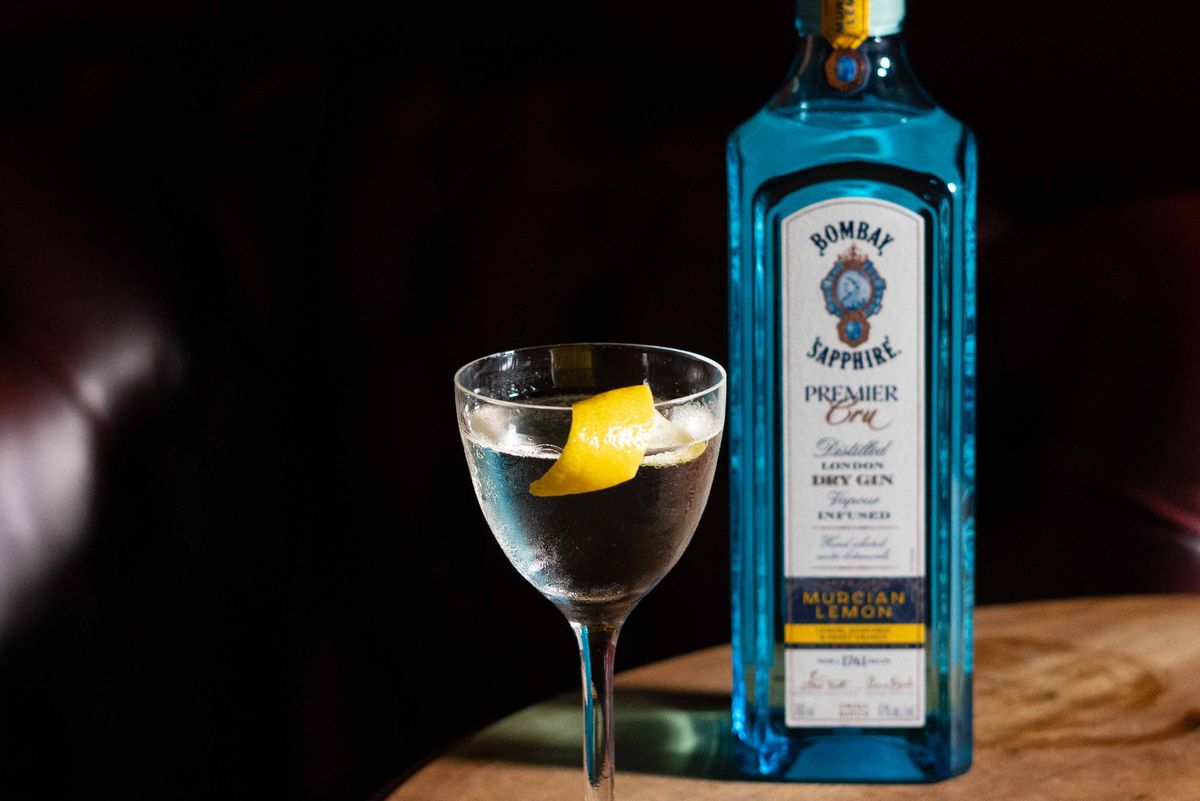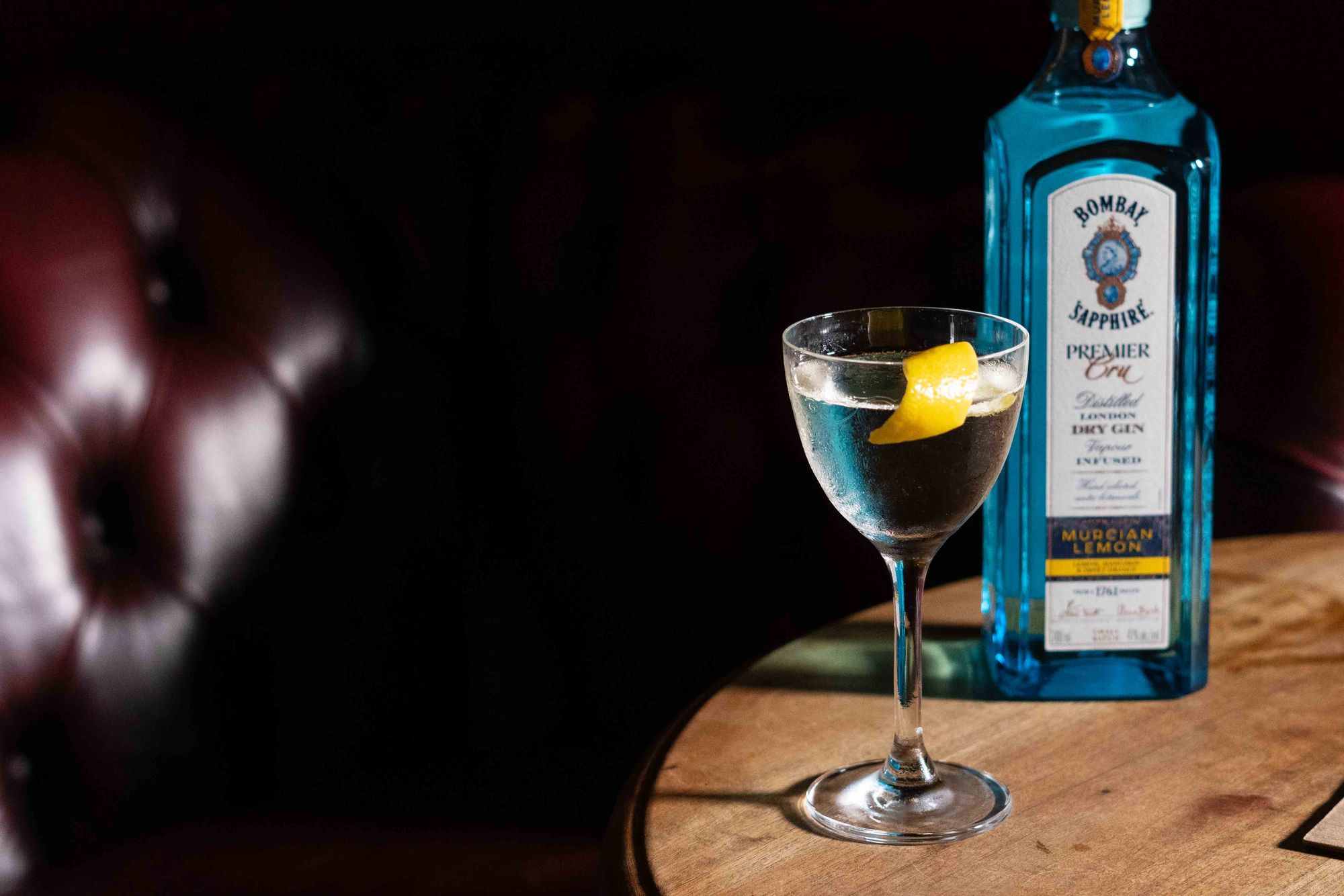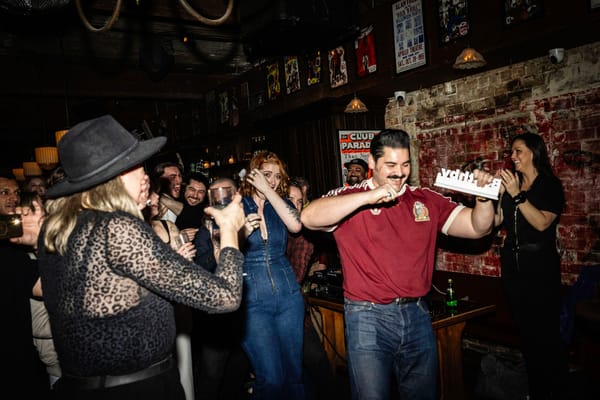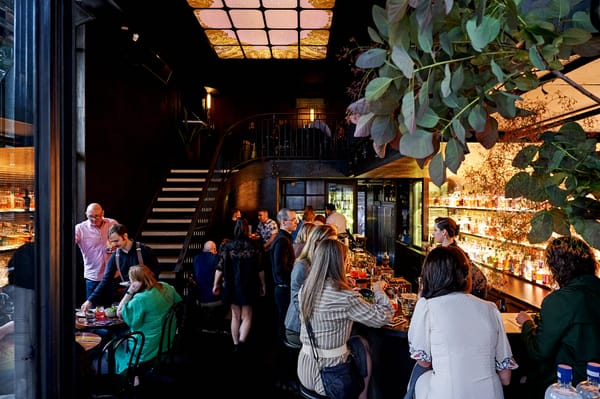Why are people drinking Martinis again?
The Martini is in vogue, again; it might be the panacea for modern life.

I’ve been drinking Martinis. Maybe it’s a sign of the times we’re in; perhaps that’s just what happens as one approaches 40 years of age — the drinks you drink get a little more character as you (hopefully) do too.
I like the Martini for what it’s not: it’s not easy to make and it isn’t easy to drink; the first sip on an unprepared palate — that is, your first drink of the evening — can cause you to recoil as the cold drink unwinds on your tongue, the alcohol hits as it is rendered warm in your mouth, and the vapours of juniper and vermouth fly to the back of your nose. The second sip is easier, and by the third? They’re sliding.
It’s a difficult drink because it’s an old fashioned taste, and it takes care and time to make — convenience be damned. In a time when we need not leave the house because everything — drinks, food, booze, whatever — comes to our front door, there is no app for the Martini. It can’t be improved upon (though no doubt you know a bartender who has tried); it can only be served colder or warmer, perhaps a little more wet or dry — perhaps, as we have it below, with a dash of bitters.
That is why I find it puzzling that the Martini seems to be having a resurgence of sorts. Don’t get me wrong — it’s a welcome development, but it’s odd nonetheless. Maybe that’s because we’ve got to find a place for all the bloody gin on our shelves these days and most of them don’t play well with tonic; the Martini is about the gin and if the gin is good the Martini will be fine. Or maybe it’s a reaction to the easy-drinking (read: without character) alcoholic seltzers that seem to be sweeping across the landscape. Perhaps the vogue for the Martini is simply a reaction to the frippery and ostentatious drinks designed for Instagram first and flavour second.
Then again, it might be as simple as this: we've had a rough couple of pandemic years, and we could all go a proper drink.
I’m definitely seeing more of them in bars. Many bars are batching their Martinis for quick service — a practice that has its detractors, sure, but if you’re not picky with how you have yours it works just fine; give it to me cold and give it to me quick (just get that dilution right).
Caretaker’s Cottage in Melbourne have put their Martini front and centre of their offering and they make it very, very cold — frosted ice clings to the glass; Maybe Sammy have made a virtue of mini Martinis; and the newly opened Bar Planet in Newtown is all about the Martini, which they pour with pizzaz — and at a great height — from a porrón, a glass pitcher of Spanish origins.
Here’s the other thing I like about the Martini: it is one of the few cocktails you can order at the bar which has the bartender asking for your specs. Gin or vodka? Which gin would you like? Wet or dry? Twist or olive? One last customisation I wish I’d hear offered more, however, is for a dash of bitters — it’s an inclusion you’d find from the earliest days of the Martini back before 1900, and it does a lot to bring the drink together.
Perhaps it's that ability to make the drink yours, to have it your way, that is behind its resurgence — we've never been as savvy about drinks, as a population, as we are today, and there's a reason they call the Martini the king of cocktails.

The Martini
Ingredients
- 60ml Bombay Sapphire Premier Cru
- 10ml Noilly Prat dry vermouth
- a dash of bitters (orange bitters, Angostura, Peychaud’s — take your pick)
Instructions
- Add ice, bitters, vermouth and Bombay Sapphire Premier Cru to a mixing glass.
- Stir briskly, between 30 seconds and 1 minute — make it cold!
- Strain into a very cold glass.
- Garnish with a twist of lemon.
Bombay Sapphire Premier Cru Murcian Lemon celebrates the beautiful Spanish region of Murcia, where the lemon peel found in the signature Bombay Sapphire gin originates from. Held at a higher ABV of 47%, Bombay Sapphire Premier Cru is bold and bright while remaining remarkably smooth and refined. With a complex yet balanced flavour profile providing a unique citrus foundation for a variety of creative cocktails, Bombay Sapphire Premier Cru is the perfect gin to transform any occasion into something truly special.





